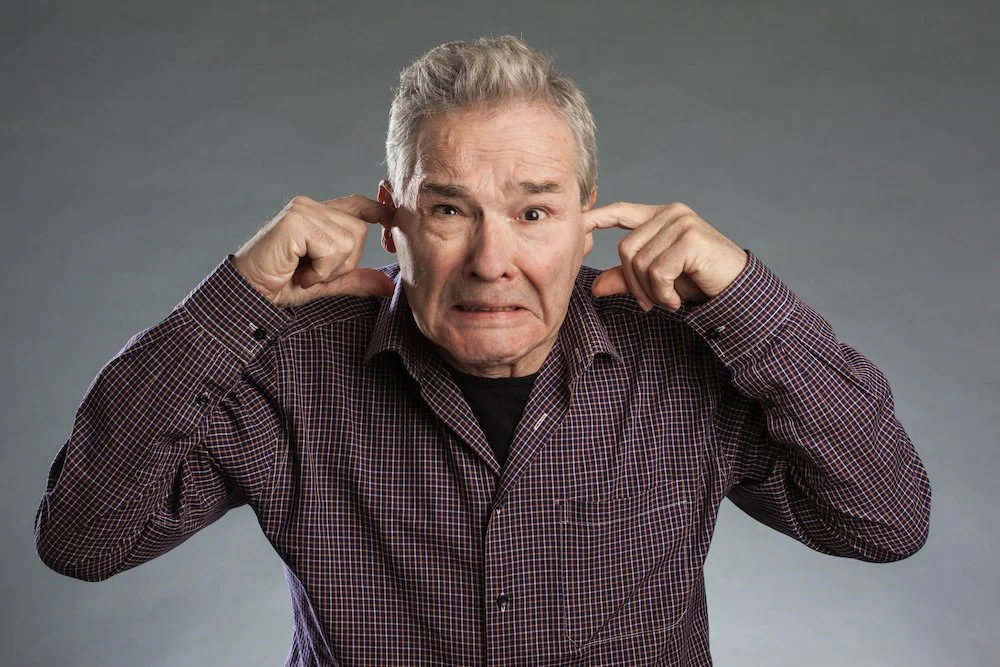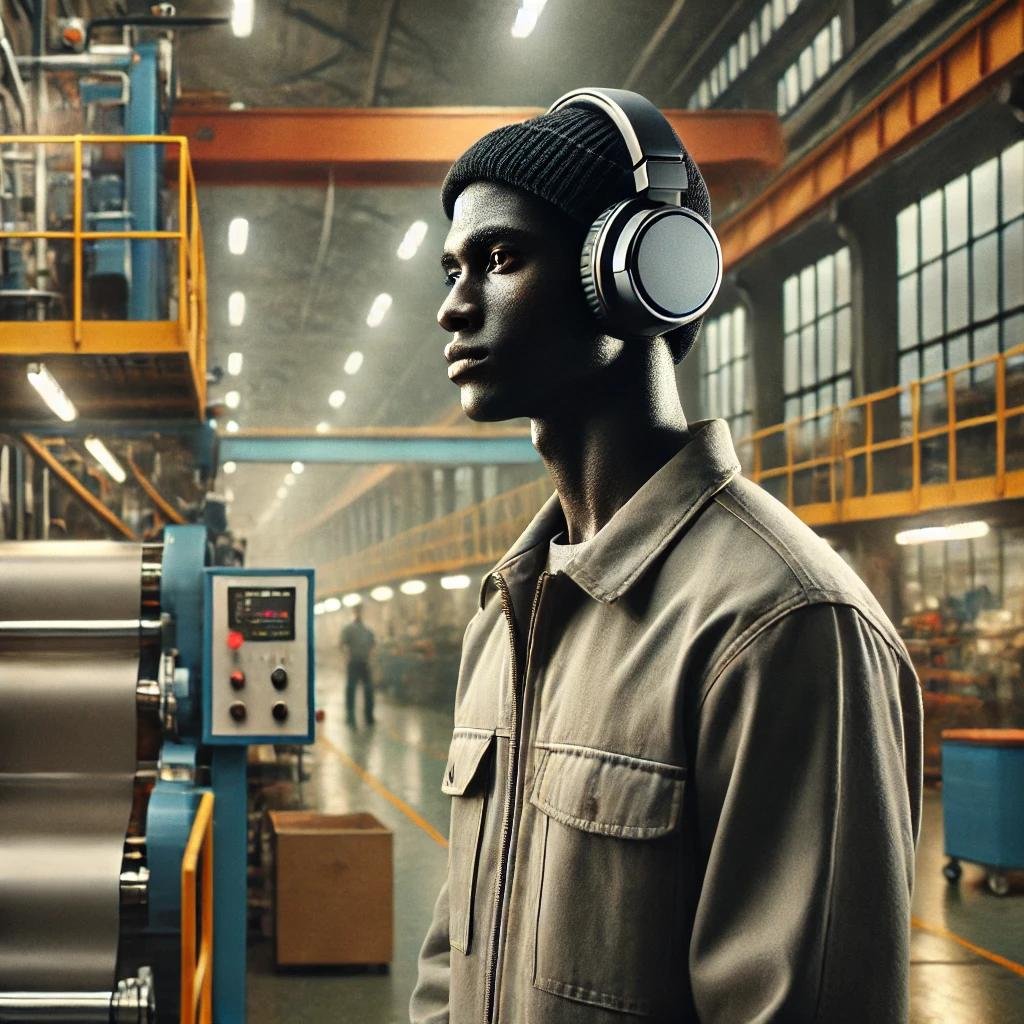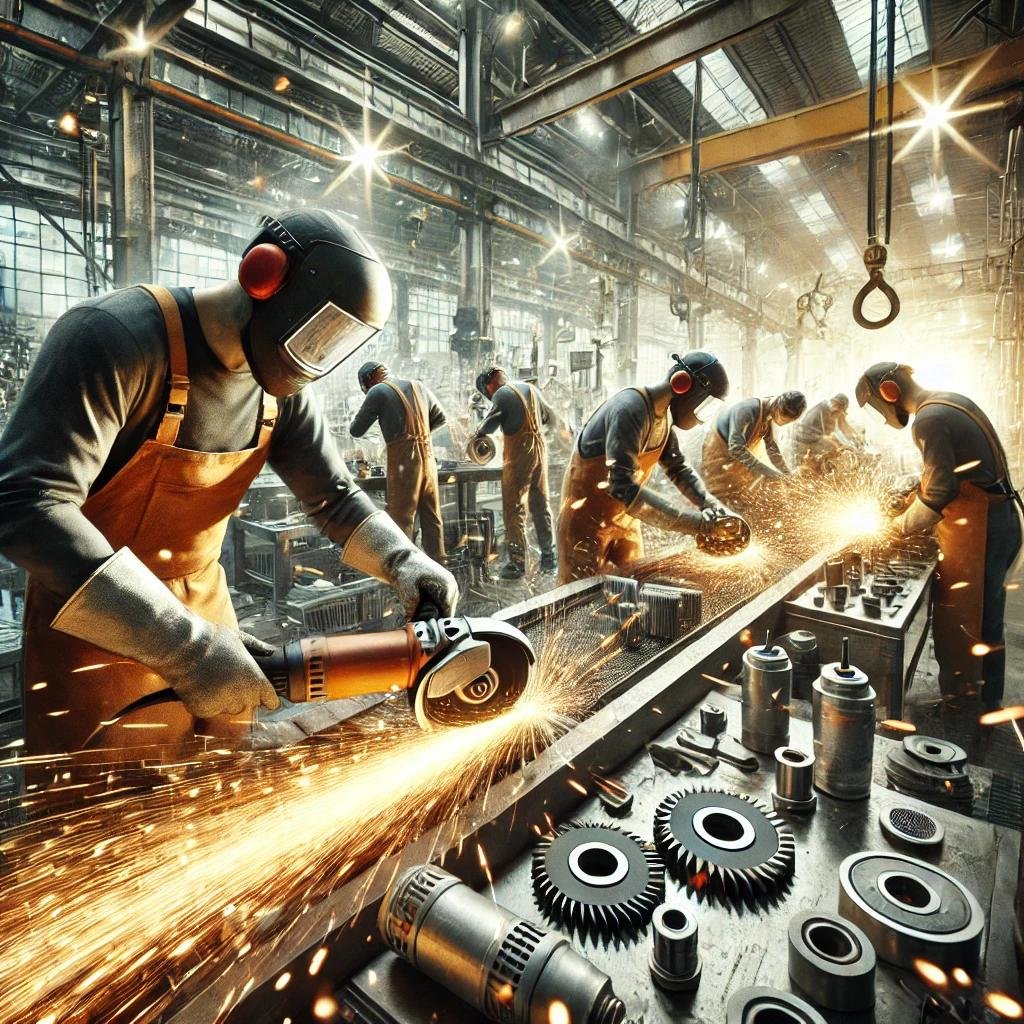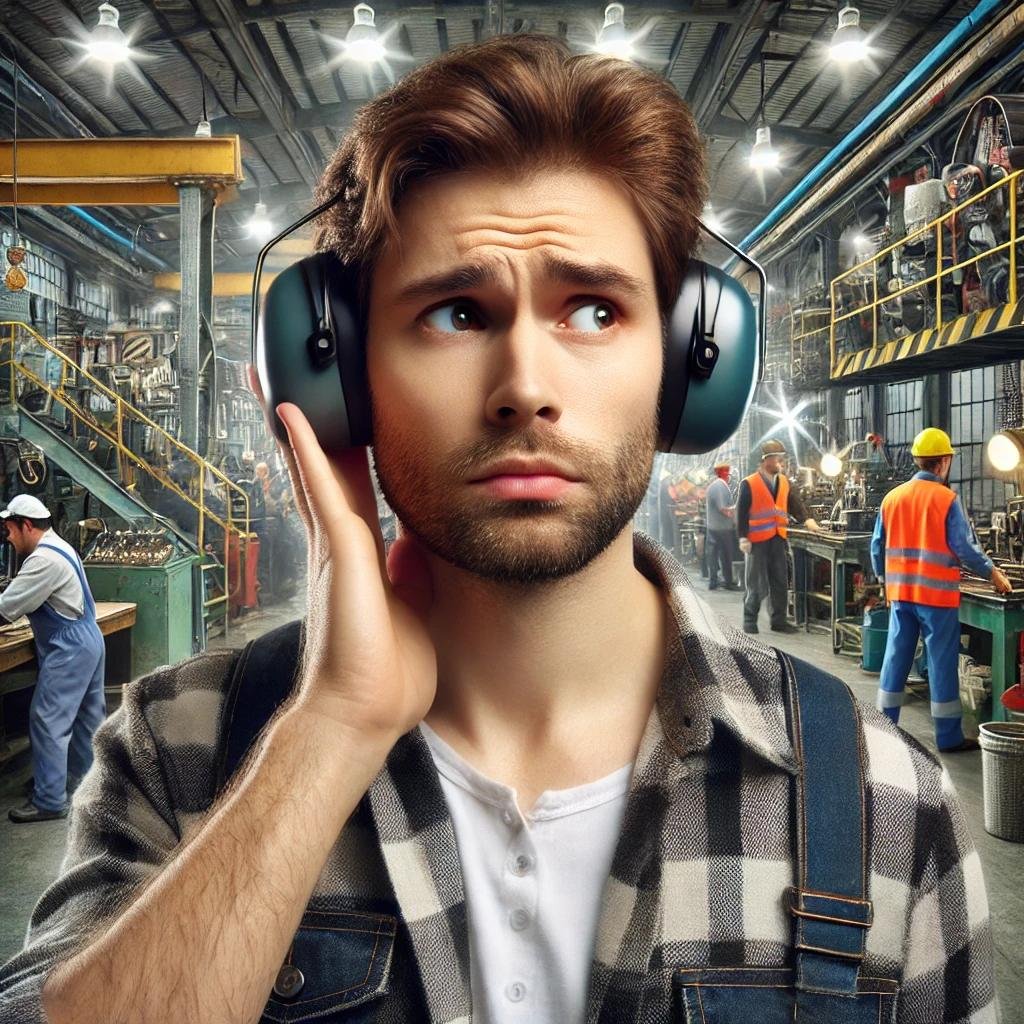
NOISE SAFETY ARTICLES
Articles and general information on all things relating to noise assessments or noise surveys at work, or managing employee noise exposure risks.
What noise assessments should contain, what to look for in a noise survey, managing noise risks at work, choosing hearing protection and managing health surveillance needs.
Noise assessments ● Noise surveys ● Hearing protection ● Health surveillance ● Noise Training
For a specific subject area, try the search box
Doing your own noise assessment
I had an interesting conversation with a company owner in the Tottenham area of London. He has had the HSE in and they told him he would be fine with a cheap noise meter off Amazon and to get some measurements with that. In 30 years of noise assessments this is the first time I’ve ever heard of an HSE inspector coming out with this. The absolute opposite is normally the case.
Is the price of hearing protection linked to how good it is?
Hearing protection comes in a very wide range of prices, but is price consistent with ‘better’ hearing protection?
Noise safety training requirements following a noise assessment
A noise assessment will measure your noise risk levels, and anyone who has a noise exposure of 80 dB(A) or 135 dB(C) or more has to be included in a noise safety training programme. The HSE are very specific on what the noise safety training provided by employer should include.
Stereo noise in the workplace
Stereos at work can be important for employees, but when can you have stereos and when should they not be permitted, and how loud should stereos be at work?
How useful is manufacturer’s data on noise levels in a noise assessment?
Manufacturers of tools and equipment have an obligation to make data available on the expected noise level for their product. The HSE latch on to this and list this as a source of information which employers could use in deciding if there is a noise risk in the workplace, but is it actually any good?
What does hearing damage from noise sound like?
Sometimes the best way to appreciate how too much noise can damage hearing is to listen to the effects. This goes through various levels of hearing loss due to noise, applying filters to a piece of music to show how it impacts on clarity as well as volume.
Noise assessments - how it works on the day
How a noise assessment works on the day - what a client can expect. Covering everything from arrival on the site to measuring the noise levels and what a client needs to do.
Are noise-sensing illuminated signs any use for noise safety?
The short answer is no, illuminated noise safety signs are not useful, and in many cases simply mislead. They have no part in a noise assessment. The article explains more about why this is the case.
Loop ear plugs as hearing protection at work
Loop have emerged recently as one of the new entrants in the hearing protection market, with a lot of their marketing focused on social media. There are a lot of these types of company popping up these days but in Loop’s case their claims for their ear plugs are intriguing, so I decided to give a couple of styles a try.
Types of noise meter - hand-held, wearable or area meters in a noise assessment?
There are two basic types of noise meter, hand-held and wearable, (also called dosimeters or dosimeters). Wearables have a use but care is needed with them, especially if they are going to be used as the primary means of gathering data in a noise assessment.
Can music headphones be used at work?
Can someone use noise cancelling headphones in place of hearing protection in a high noise environment? Short answer is no, not if there is a noise risk as they are not certified as hearing protection.
The employer’s obligations for noise safety
Employers must manage noise risks in their workplace, but what they need to do depends on how loud it is. This describes what is needed depending on the findings of a noise assessment.
How to choose the right hearing protection
A need for hearing protection is a common outcome of a noise assessment or a noise survey but how do you choose the right hearing protection for your noise risk, especially as 'strongest is best' is usually not the case.
How long should a noise assessment take?
A common question is how long a noise assessment will take on a site. It is influenced by a few things such as variation in work on the site, production cycles and number of people present. These are the factors influencing how long a noise assessment takes place on the day.
How do you know if you need a noise assessment?
Now that is a good question, the Noise Regs require an employer to do a noise assessment if they think there is a noise risk, but how do you know you have a noise risk without doing a noise assessment…?
Over-protection - what are the issues?
Over-protection often comes from well-meaning employers buying the strongest hearing protection they can find - hearing protection with the highest SNR. They mean well but it often actually increases risk and for the employer, means more of the money they spend on hearing protection is wasted.
How often does hearing testing have to be done?
One of the key elements of a noise assessment is identifying who needs to be included in what the HSE call ‘health surveillance’, a slightly Orwellian way of saying ‘hearing testing’. It has to be repeated and this is a guide to how often.
Can disclaimers or GP letters be used to not wear hearing protection?
Often people offer to sign a disclaimer saying they accept the risk of hearing damage from not wearing protection, or they produce a letter from a doctor saying they do not have to wear it, but both are no good.
Do forklift drivers have to wear hearing protection?
There is no exemption from the need to wear hearing protection for forklift drivers. High noise will have the same impact on them as on any other person. Their hearing will still be damaged by noise.
What do the hearing test result categories mean?
Part of a noise assessment is to identify who needs to be included in a hearing testing programme, and the HSE specify the result categories to be used. This is what the categories are and what they mean.





















